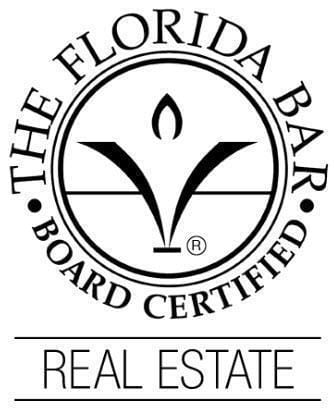If you have decided to purchase a commercial property with the intention of leasing it out as an investment, you should know that there are multiple types of lease agreements for these properties.
Some leases put the onus for regular operating expenses on the tenant and some leases share these responsibilities between tenants and landlords. The full-service gross lease, however, shift this primarily to the landlord.
Fixed tenant costs, higher rent rate
As explained by The Motley Fool, a tenant in a full-service gross lease pays a flat rate to the landlord every month or payment term. In exchange, the landlord assumes responsibility to pay for all utilities, property taxes and property insurance. The landlord also pays for any needed repairs or maintenance to the building or the common areas, such as a parking lot.
While a tenant may benefit from the ability to plan on a set expense rather than a variable cost, they should expect to pay a rental rate higher than if they signed a lease that required them to pay for maintenance, utilities or other costs.
Safety net cap for landlords
When using a full-service gross lease, a landlord may opt to include a clause in the contract that provides a limit to the costs they must bear. Any expenses beyond this ceiling may be shared with the tenant or negotiated separately.
This information is not intended to provide legal advice but is instead meant to provide important information to people interested in purchasing commercial property as an investment so they understand that they have a choice about how to structure any lease agreements with their prospective tenants.




